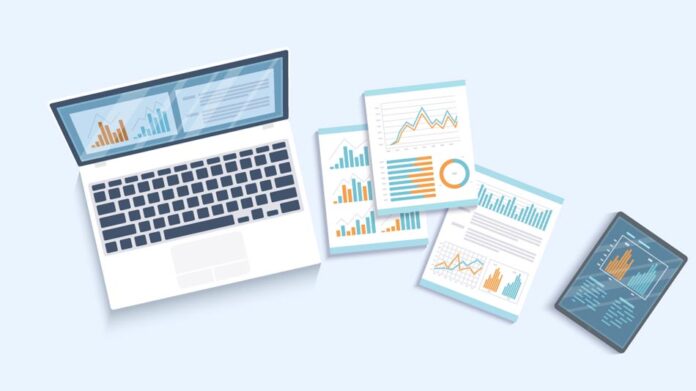Table of Contents
Business success in the modern world heavily depends on the judicious utilization of its workforce and resources. To maximize productivity and ensure smooth operations, companies need an effective strategy to assess their requirements, predict future needs, and manage resources accordingly. This is where the concept of resource forecasting comes in. So, let’s delve into the resource forecasting definition and explore its importance, best practices, and the immense benefits it offers for the longevity and profitability of any business.
Defining Resource Forecasting

Resource forecasting is how an organization anticipates and plans for future resource requirements. The resources here may refer to tangible assets such as machinery, money, materials and intangible assets like time and skills. Resource forecasting allows a business to prepare for upcoming projects, manage workload, and identify potential bottlenecks or shortfalls. A well-implemented resource forecasting strategy enables a company to optimally use its resources, minimize wastage, and maximize overall efficiency.
In a more practical context, resource forecasting also aids in managing risks associated with resource allocation and helps form realistic expectations for project delivery. This is achieved by calculating and analyzing variables such as the quantity, type, and availability of resources and understanding the estimation of their utilization over the project lifecycle. The results of these calculations constitute the resource forecast. It provides a clear path for decision-making, communication, and coordination among various organizational departments and stakeholders.
Businesses that fail to implement resource forecasting often grapple with unforeseen challenges that could have otherwise been preempted and managed. This could lead to inflated costs, decreased productivity, and even project failure. Therefore, understanding and applying the principles of resource forecasting should be an integral part of the project management lifecycle.
Best Practices in Resource Forecasting
Effective resource forecasting is about calculating future needs and making strategic decisions that align with the business’s overall objectives and capabilities. It’s essential to follow some best practices for resource forecasting. The first one is to identify your resources. This involves considering all a business’s resources, be it people, money, material, or machinery. A clear picture of your current resources is crucial for developing accurate forecasts.
Another important practice is to prioritize alignment and communication. Resource forecasting should be a cross-functional exercise involving input from various stakeholders. This includes project members, department heads, and finance managers, to mention a few. Collaboration ensures that the forecast considers all perspectives and is as robust and detailed as possible.
Lastly, businesses should leverage technology while undertaking resource forecasting. Technological tools make the process more streamlined and accurate by providing insights that might not be apparent otherwise. For instance, resource management software can track resource usage in real-time, provide analytic reports, and help businesses adjust their strategies on the fly.
The Immense Benefits of Resource Forecasting
Resource forecasting plays a crucial role in enhancing the efficiency and productivity of a company. With accurate forecasting, businesses can ensure they have the right resources in the right place at the right time. This can prevent resource overruns and shortfalls, thus ensuring that projects are completed within the stipulated time and budget.
Resource forecasting also provides a competitive edge in the market. By accurately predicting resource usage and costs, businesses can provide more accurate quotes to clients. This can help you win more contracts and increase your market share. In addition, forecasting helps in identifying resource bottlenecks early, allowing the business to resolve issues before they impact project timelines or quality.
Embrace the Power of Resource Forecasting

Resource forecasting is essential for businesses looking to optimize their productivity and profitability. It helps companies to strategically plan for future needs, identify potential shortfalls, and allocate resources appropriately to fulfill their objectives.
By following the best practices for resource forecasting and harnessing the power of technology, businesses can enhance their decision-making, improve project delivery, and stay ahead of the competition.















